
Teruel: A Hidden Gem Steeped in History and Charm
Discover Teruel, Spain – A captivating city with UNESCO World Heritage sites, Mudejar architecture, romantic legends, and stunning natural landscapes.
Teruel, located in the region of Aragon in Spain, is a city rich in history and unique charm. Known for its stunning Mudejar architecture, Teruel is a UNESCO World Heritage site. The city's buildings feature intricate designs and colorful tiles that reflect its medieval past. Wander through the narrow streets and discover ancient churches, towers, and palaces that tell the story of Teruel's multi-cultural heritage. One of Teruel's most famous landmarks is the Torre de El Salvador, an impressive Mudejar tower that offers panoramic views of the city. Don't miss the picturesque Plaza del Torico, the city's central square, where you can relax at a café and watch the world go by. For a deeper dive into history, visit the Mausoleum of the Lovers of Teruel, a romantic and tragic story that has become part of the city's identity. Nature lovers will enjoy the surrounding landscapes, including the Sierra de Albarracín mountains and the lush valleys that are perfect for hiking and exploring. Teruel is also known for its unique local cuisine, featuring hearty dishes like lamb stew and jamón serrano. Don't leave without trying the delicious truffles and wine from the region.
Local tips in Teruel
- Visit the Torre de El Salvador early in the morning to avoid crowds and enjoy a peaceful view of the city.
- Try the local delicacies, especially jamón serrano and truffles, at traditional restaurants.
- Wear comfortable shoes as the streets are cobblestone and can be uneven.
- Make time to explore the nearby Sierra de Albarracín for hiking and nature walks.
- Check the local festival calendar to experience traditional events and celebrations.
Teruel: A Hidden Gem Steeped in History and Charm
Teruel, located in the region of Aragon in Spain, is a city rich in history and unique charm. Known for its stunning Mudejar architecture, Teruel is a UNESCO World Heritage site. The city's buildings feature intricate designs and colorful tiles that reflect its medieval past. Wander through the narrow streets and discover ancient churches, towers, and palaces that tell the story of Teruel's multi-cultural heritage. One of Teruel's most famous landmarks is the Torre de El Salvador, an impressive Mudejar tower that offers panoramic views of the city. Don't miss the picturesque Plaza del Torico, the city's central square, where you can relax at a café and watch the world go by. For a deeper dive into history, visit the Mausoleum of the Lovers of Teruel, a romantic and tragic story that has become part of the city's identity. Nature lovers will enjoy the surrounding landscapes, including the Sierra de Albarracín mountains and the lush valleys that are perfect for hiking and exploring. Teruel is also known for its unique local cuisine, featuring hearty dishes like lamb stew and jamón serrano. Don't leave without trying the delicious truffles and wine from the region.
When is the best time to go to Teruel?
Iconic landmarks you can’t miss
Torico Square
Explore the heart of Teruel at Torico Square, a historical gem where culture, architecture, and vibrant local life converge.
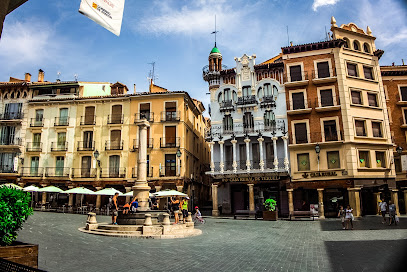
Dinópolis
Explore the wonders of the prehistoric world at Dinópolis, a thrilling theme park in Teruel, Spain, perfect for families and dinosaur enthusiasts alike.
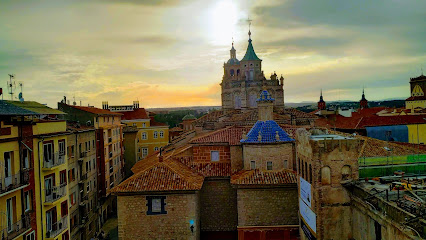
Mausoleum of the Amantes
Discover the romantic legacy of Diego and Isabel at the Mausoleum of the Amantes in Teruel, a captivating blend of history and architecture.
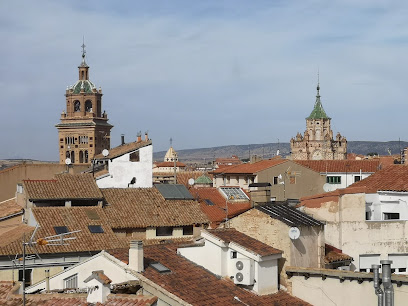
Castillo de Mora de Rubielos
Experience the rich history and breathtaking views at Castillo de Mora de Rubielos, a stunning medieval castle in the heart of Spain.
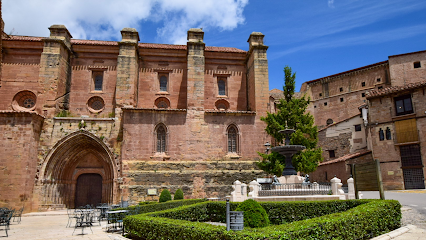
Escalinata del Óvalo
Discover the breathtaking Escalinata del Óvalo in Teruel, a stunning staircase leading you into a world of architectural beauty and rich history.
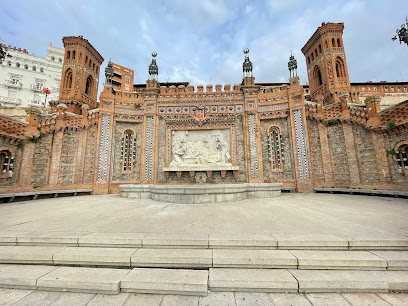
Cathedral of Santa María de Mediavilla
Discover the stunning Gothic architecture and rich cultural heritage of the Cathedral of Santa María de Mediavilla in Teruel, Spain.
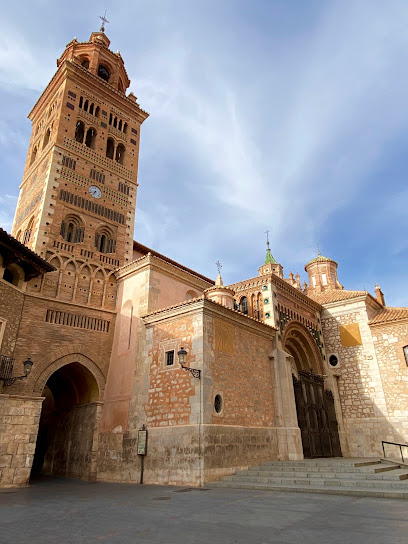
Fueros de Teruel Park
Discover the serene beauty of Fueros de Teruel Park, a lush haven in Teruel perfect for relaxation, picnics, and leisurely strolls amidst nature.
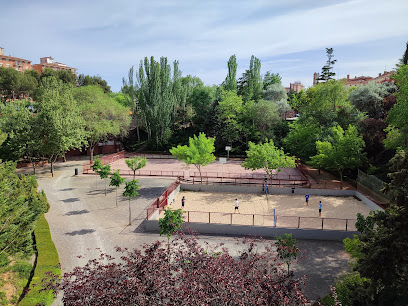
Provincial Museum of Teruel
Discover the artistic and historical treasures of Teruel at the Provincial Museum, a cultural hub showcasing the region's rich heritage.
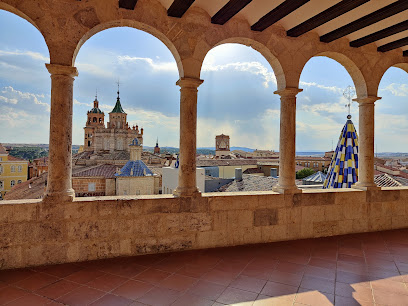
El Salvador Tower
Explore the rich heritage and breathtaking views at El Salvador Tower, a stunning landmark in Teruel, Spain, showcasing Mudéjar architecture.
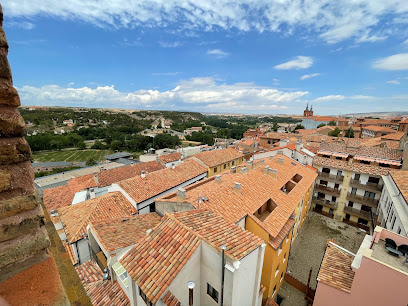
Aqueduct of Los Arcos
Experience the breathtaking Aqueduct of Los Arcos in Teruel, a stunning historical landmark showcasing remarkable medieval engineering and rich cultural heritage.
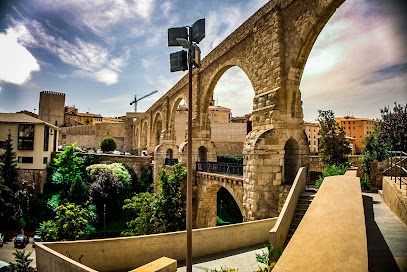
Acueducto de Teruel
Discover the Acueducto de Teruel: A stunning 16th-century engineering marvel and a UNESCO World Heritage site in the heart of Spain.
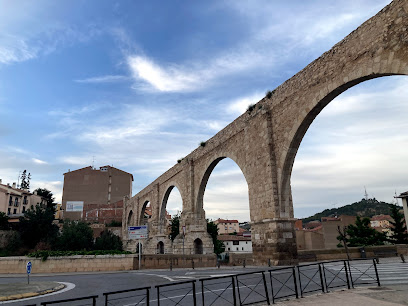
Torre de San Martín
Discover the enchanting Torre de San Martín in Teruel, a masterpiece of Mudéjar architecture with stunning views and rich historical significance.
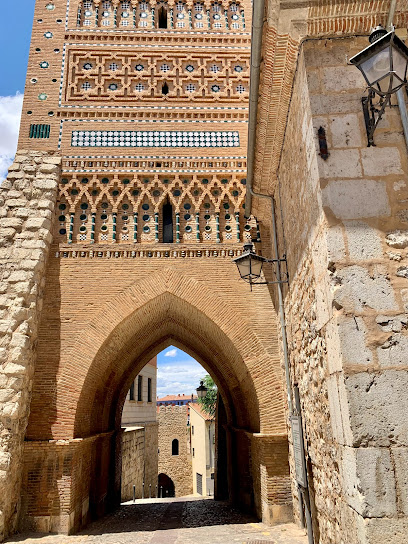
Saint Peter's church
Explore the stunning Mudejar architecture of Saint Peter's Church in Teruel, a cultural gem showcasing Spain's rich religious heritage and artistry.
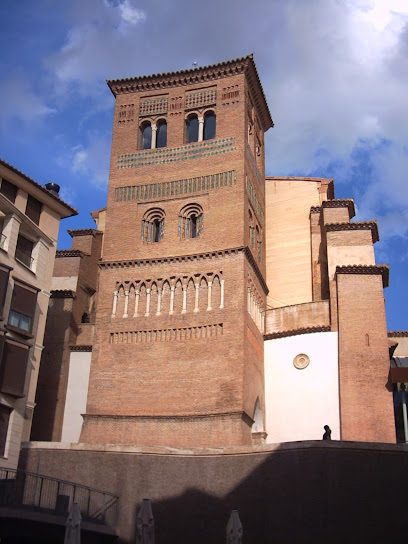
Teruel Bullring
Discover the cultural heartbeat of Teruel at the historic Bullring, where tradition meets vibrant Spanish festivities and stunning architecture.
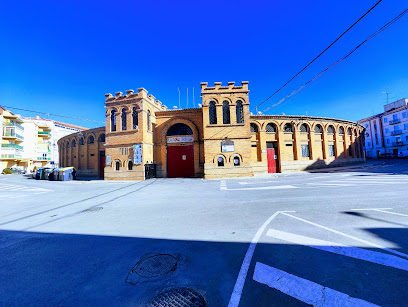
Murallas de Teruel
Explore the Murallas de Teruel, an iconic historical site showcasing medieval architecture and breathtaking views in the heart of Spain.
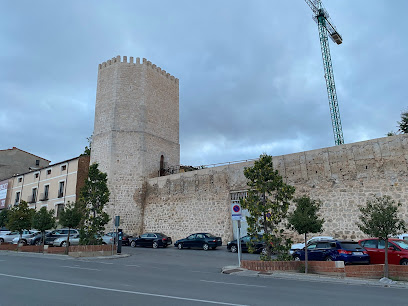
Unmissable attractions to see
Dinópolis
Discover the wonders of Dinópolis in Teruel, a thrilling theme park where adventure meets education in a prehistoric paradise.
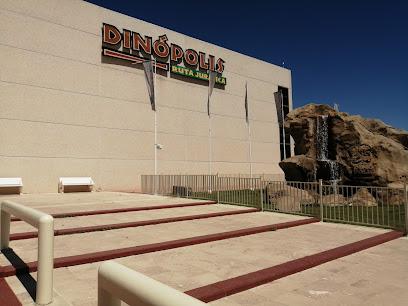
Plaza Mayor Albarracín
Discover the historical charm of Plaza Mayor in Albarracín, a stunning medieval square that showcases the rich culture and heritage of this picturesque town.
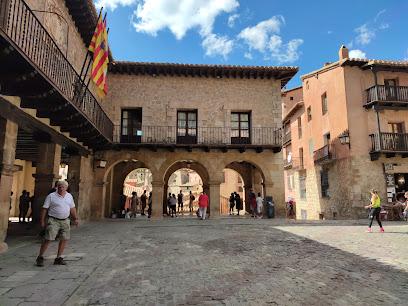
Mausoleum of the Amantes
Explore the romantic Mausoleum of the Amantes in Teruel, a stunning tribute to love and history that captivates visitors from around the world.
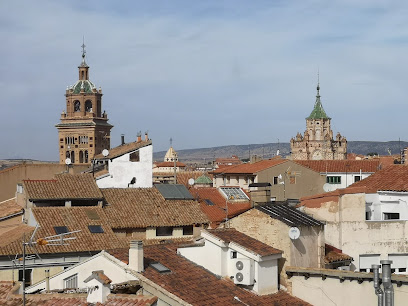
Escalinata del Óvalo
Explore the stunning Escalinata del Óvalo in Teruel - a blend of architectural beauty and serene nature awaits you.
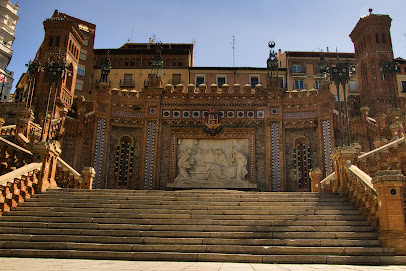
Cathedral of Santa María de Mediavilla
Discover the stunning Mudejar architecture and rich history at the Cathedral of Santa María de Mediavilla in Teruel, a UNESCO World Heritage site.
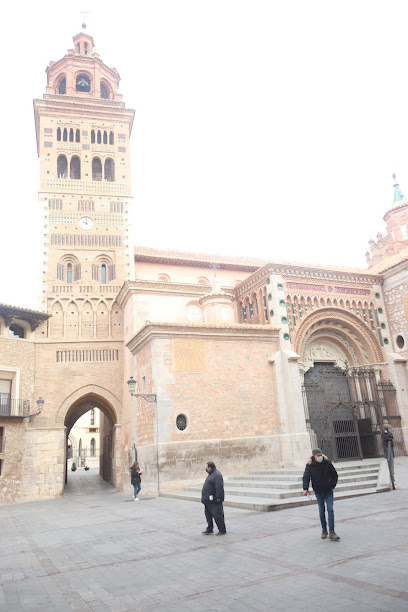
Fueros de Teruel Park
Experience the natural beauty and cultural charm of Fueros de Teruel Park, an urban oasis in the heart of Teruel, Spain.
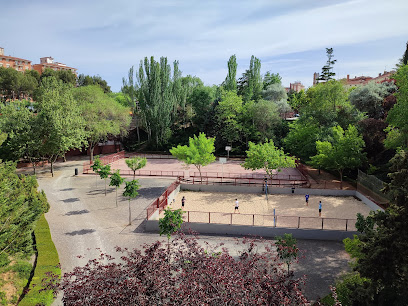
Provincial Museum of Teruel
Explore the Provincial Museum of Teruel, a cultural gem showcasing art and history that captures the heart of Teruel's heritage.
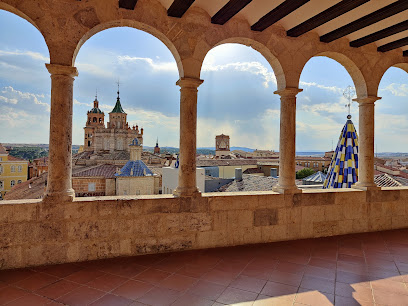
Walls of Albarracin
Explore the enchanting Walls of Albarracín, a historic fortress offering breathtaking views and a glimpse into Spain's medieval past.
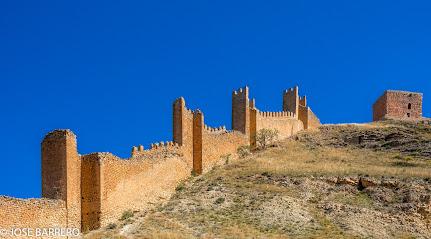
El Salvador Tower
Explore El Salvador Tower, a stunning historical landmark in Teruel, where rich heritage meets breathtaking views.
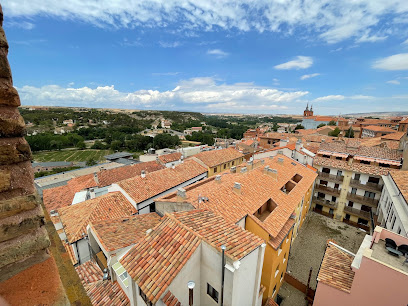
Viaducto de Fernando Hué
Experience the breathtaking Viaducto de Fernando Hué in Teruel, an architectural marvel that connects rich history with stunning natural views.

Catedral de Albarracín
Explore the stunning Catedral de Albarracín: a medieval gem in the heart of Teruel, rich in history and architectural beauty.
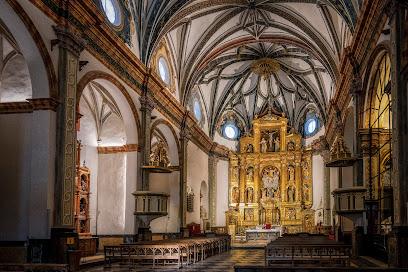
Fuente Cerrada
Discover the serene beauty of Fuente Cerrada, a tranquil park in Teruel, perfect for relaxing walks and family outings amidst lush landscapes.
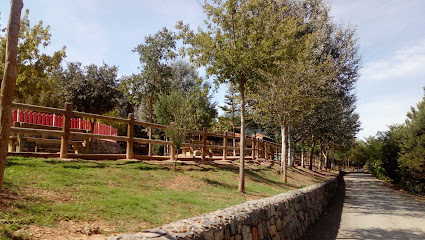
Acueducto de Teruel
Explore the Acueducto de Teruel, a breathtaking 18th-century aqueduct that showcases stunning engineering and rich historical significance.
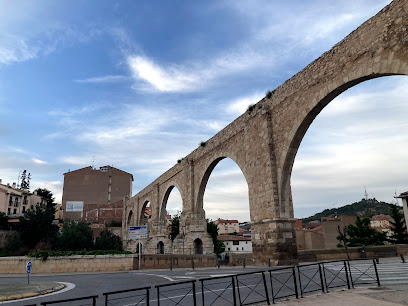
Torre de San Martín
Discover the breathtaking Torre de San Martín, a UNESCO World Heritage site that showcases the stunning Mudejar architecture in the heart of Teruel, Spain.
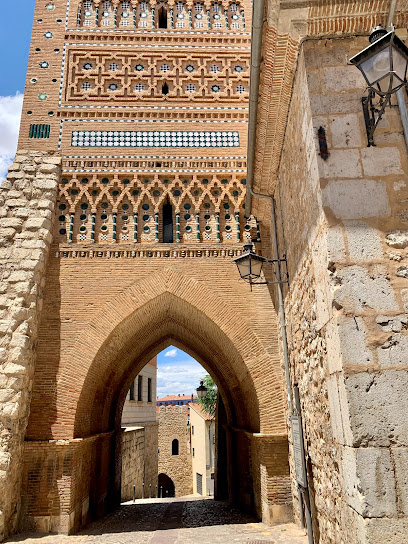
Saint Peter's church
Discover the architectural wonder of Saint Peter's Church in Teruel, a UNESCO World Heritage Site showcasing stunning Mudéjar artistry.
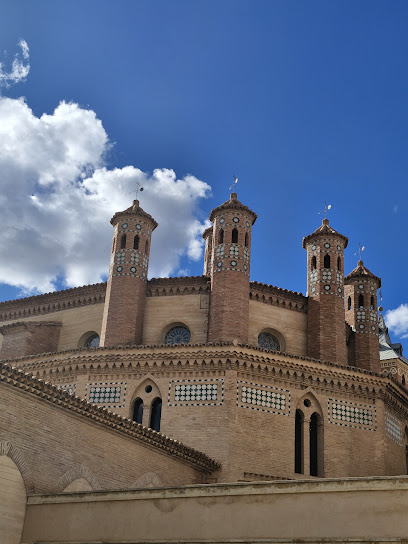
Essential places to dine
Bar Restaurante Ateneo
Experience the rich flavors of Spain at Bar Restaurante Ateneo in Teruel – where grilling meets tradition in every delicious bite.
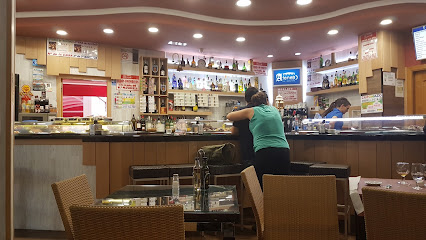
La Barrica
Discover La Barrica in Teruel - A Tapas Bar Offering Authentic Spanish Flavors and Local Culinary Delights.
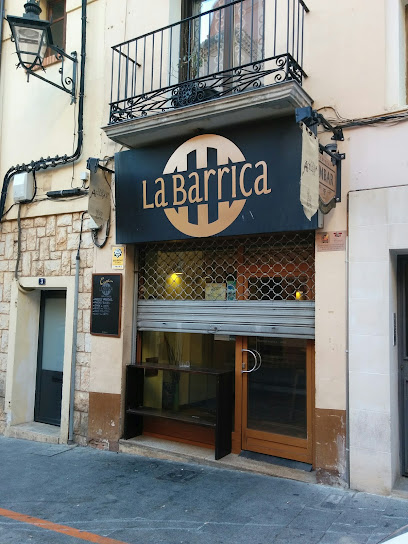
Mesón Óvalo
Savor the essence of Mediterranean flavors at Mesón Óvalo in Teruel—where every meal tells a story.
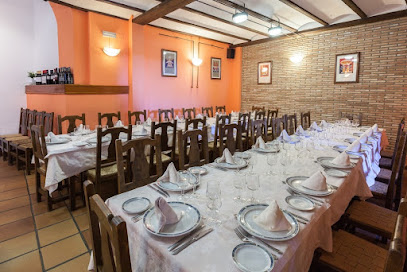
Restaurante Locavore
Discover the rich flavors of Mediterranean cuisine at Restaurante Locavore in Teruel - where local ingredients meet culinary artistry.
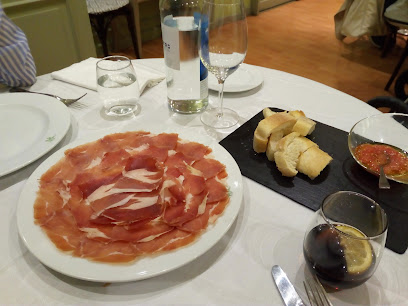
Bar Tapas y Copas
Discover the taste of Spain at Bar Tapas y Copas in Teruel – where every bite tells a story.
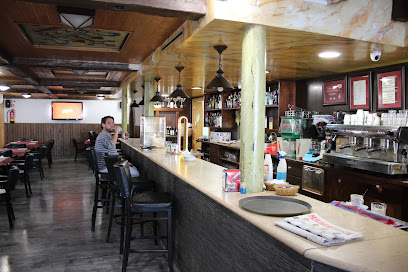
restaurante - café 1900 Teruel
Experience the rich flavors of Mediterranean cuisine at Restaurante Café 1900 Teruel - where every meal is a celebration of local traditions.
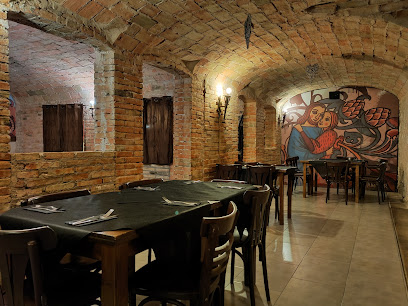
Restaurante El Mercao de Teruel
Experience authentic Spanish flavors at Restaurante El Mercao de Teruel, where tradition meets vibrant culinary artistry in every dish.
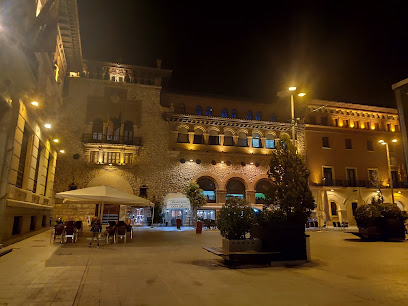
Asador Brasería La Vaquilla
Experience authentic barbecue delights at Asador Brasería La Vaquilla in Teruel - where every bite tells a story.

Gran Café de Teruel
Experience authentic Spanish cuisine at Gran Café de Teruel - where delicious food meets vibrant atmosphere.
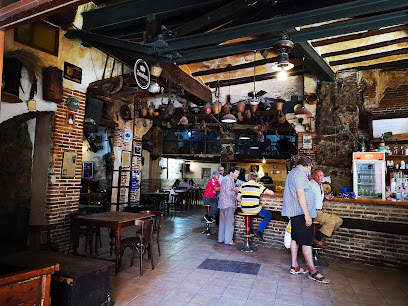
Bar Torreón
Experience authentic Spanish cuisine at Bar Torreón in Teruel - known for its delicious hamburgers and welcoming atmosphere.
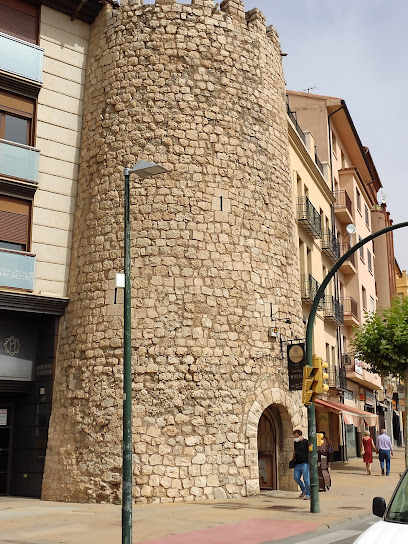
Portal de Guadalaviar
Experience authentic Spanish cuisine at Portal de Guadalaviar in Teruel—where tradition meets culinary excellence.
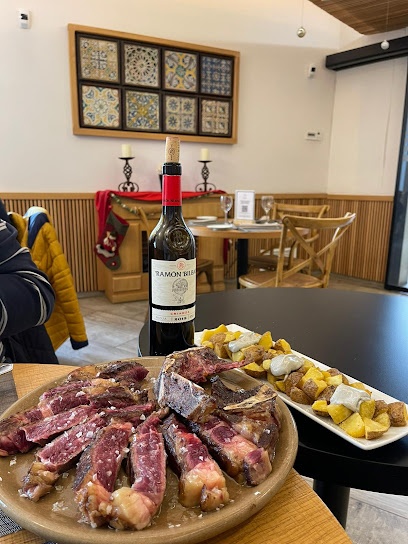
Restaurante Torico Gourmet
Experience authentic Spanish cuisine at Restaurante Torico Gourmet in Teruel - a culinary gem offering delightful dishes and warm hospitality.
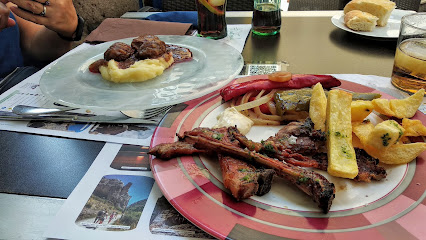
Restaurante Cielo Mudéjar
Discover authentic Mediterranean flavors at Restaurante Cielo Mudéjar in Teruel – a culinary haven for food lovers seeking quality and tradition.
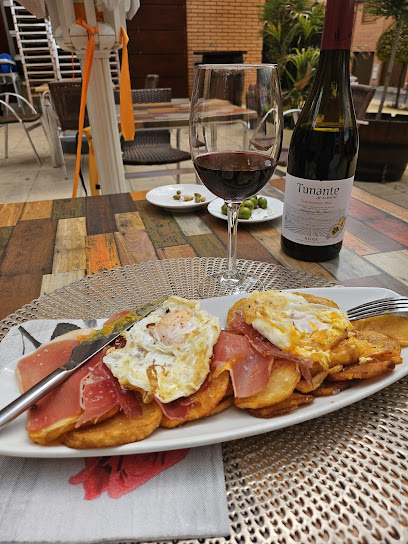
Pura Cepa Vermú
Discover authentic Spanish flavors at Pura Cepa Vermú in Teruel – the ultimate destination for tapas lovers.
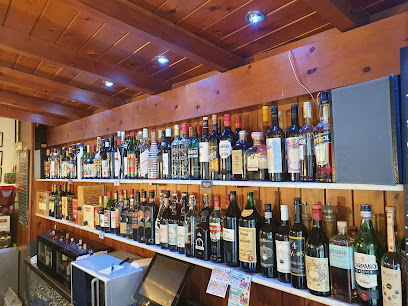
Restaurante Venecia
Experience authentic Spanish cuisine at Restaurante Venecia in Teruel – where tradition meets flavor at affordable prices.
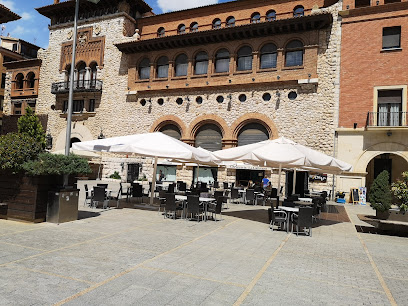
Markets, malls and hidden boutiques
Springfield
Explore Springfield in Teruel for the latest youth fashion trends, stylish clothing for all ages, and an unforgettable shopping experience.
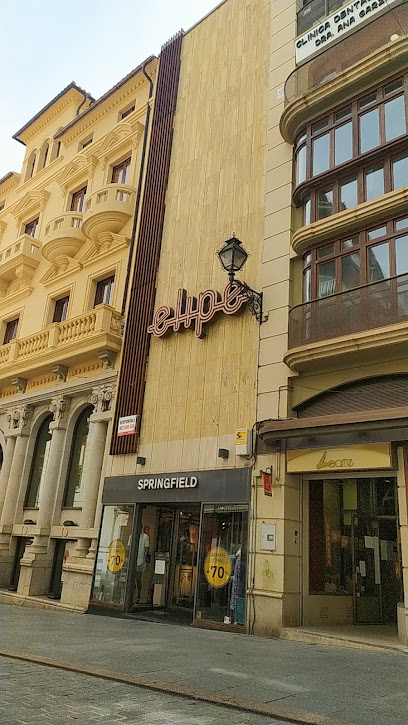
Zombies y princesas
Discover the enchanting Zombies y Princesas store in Teruel, where fantasy meets fun with costumes, toys, and collectibles for all ages.
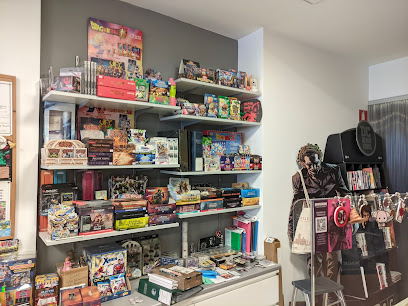
women'secret
Discover Women'secret in Teruel: Your go-to destination for stylish women's clothing, lingerie, and trendy accessories in a vibrant shopping atmosphere.
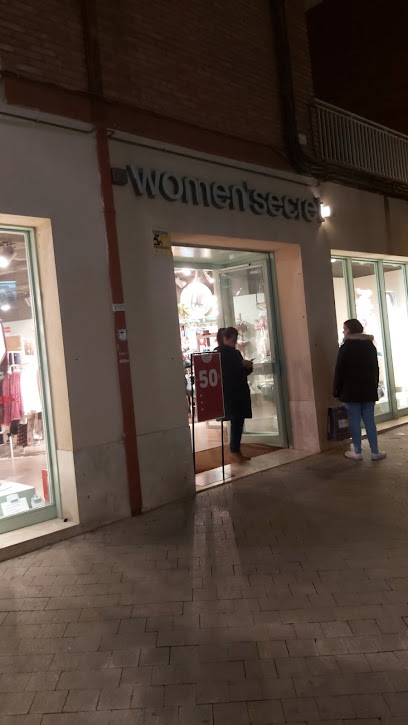
INSIDE - Tienda de Ropa y Zapatos
Explore INSIDE in Teruel for the latest in fashion, offering stylish clothing and footwear for the whole family in a welcoming atmosphere.
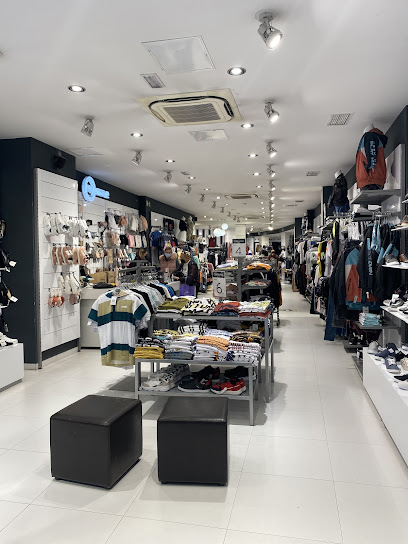
Cache Cache
Explore Cache Cache in Teruel for stylish clothing that blends modern trends with local charm, perfect for every fashion enthusiast.
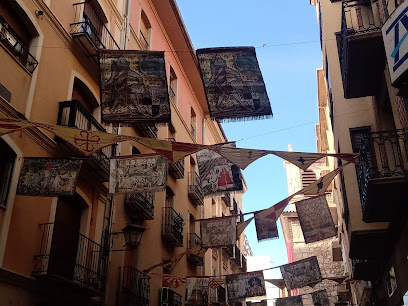
Olokaï
Explore Olokaï in Teruel for a unique blend of contemporary fashion and local Spanish culture, perfect for every stylish traveler.
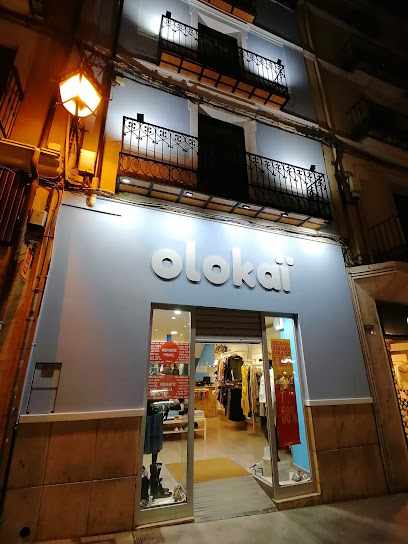
Koopera Store Teruel
Explore Koopera Store Teruel for unique vintage clothing and sustainable fashion choices that celebrate local culture.
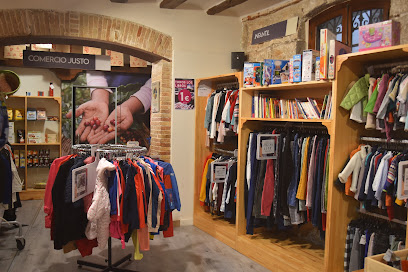
Té-ruel Gourmet
Explore the exquisite flavors of tea and coffee at Té-ruel Gourmet, Teruel's charming destination for gourmet delights.
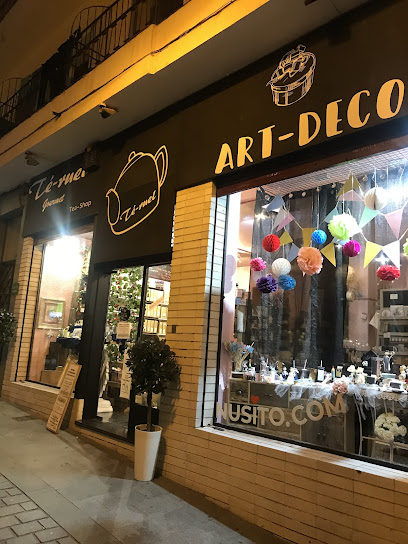
Escolano moda intima
Explore Escolano Moda Íntima in Teruel for exquisite lingerie and beachwear, blending style and comfort in a charming shopping atmosphere.
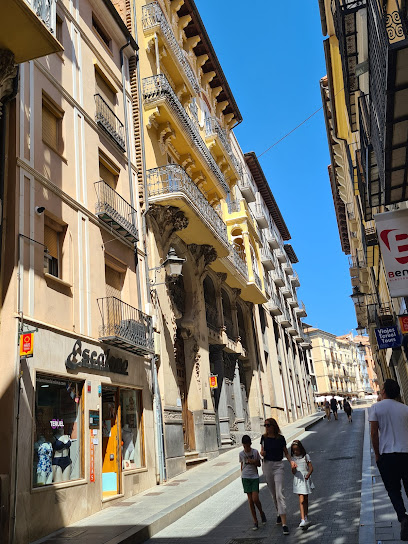
el armario de Olivia Tienda de ropa en Teruel
Explore El Armario de Olivia, a charming women's clothing boutique in Teruel, offering unique styles and a taste of local fashion culture.
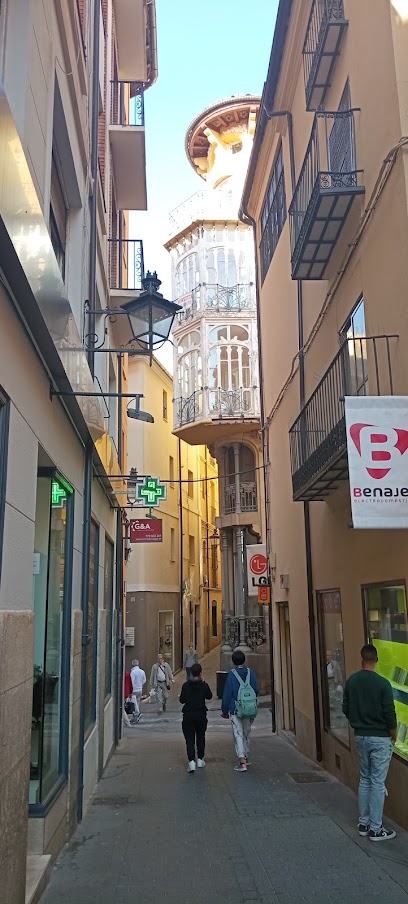
Ferrán 1820
Discover the stylish youth clothing store Ferrán 1820 in Teruel, offering trendy apparel for children, men, and women amidst a vibrant shopping atmosphere.
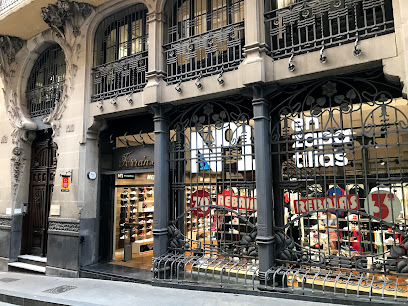
Que detalle!
Discover unique clothing and exquisite jewelry at Que detalle!, Teruel's hidden gem for exceptional shopping experiences.
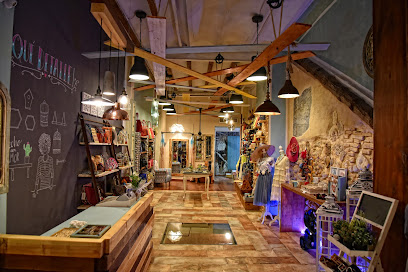
Quimera Artesanía. Bisutería, bolsos y ropa pintada.
Discover unique handmade jewelry, handbags, and painted clothing at Quimera Artesanía in Teruel, a must-visit for craft lovers.
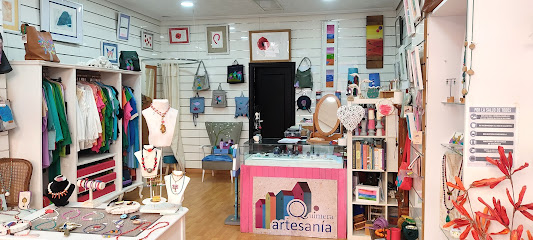
boutique DSO
Discover stylish clothing and unique costume jewelry at Boutique DSO in Teruel, Spain, a fashion destination for all ages.
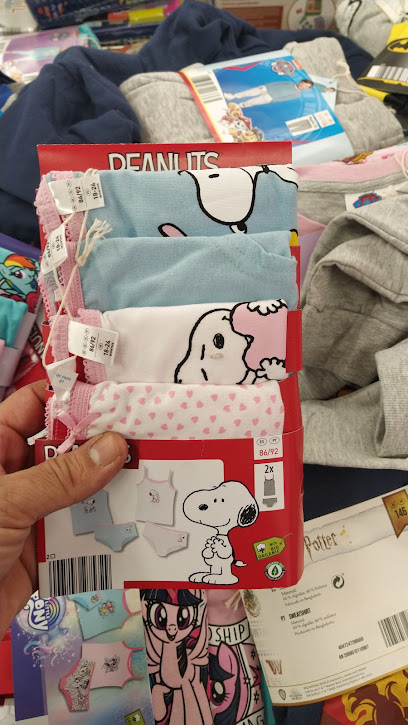
SCOTT MILLER TERUEL
Explore Teruel's fashion scene at Scott Miller, the go-to men's clothing store for stylish attire and quality craftsmanship.
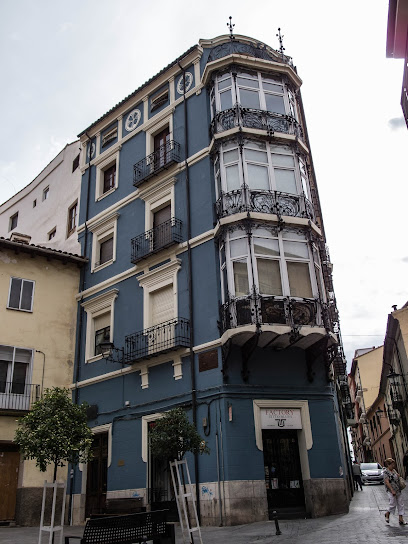
Essential bars & hidden hideouts
Pub Flanagan's Temple U2
Discover the vibrant atmosphere of Pub Flanagan's in Teruel, your go-to Irish pub for great food, drinks, and live entertainment.
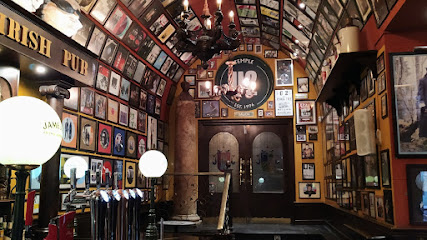
Bar Restaurante Ateneo
Experience authentic Spanish cuisine at Bar Restaurante Ateneo, a vibrant grill and tapas bar in the heart of Teruel, perfect for every traveler.
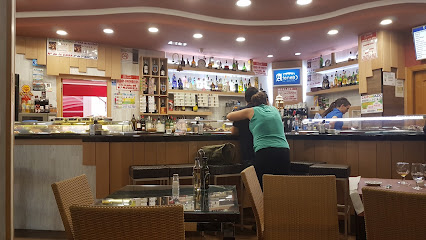
La Barrica
Discover La Barrica, Teruel's favorite tapas bar, where authentic Spanish flavors meet a warm atmosphere perfect for sharing and savoring.
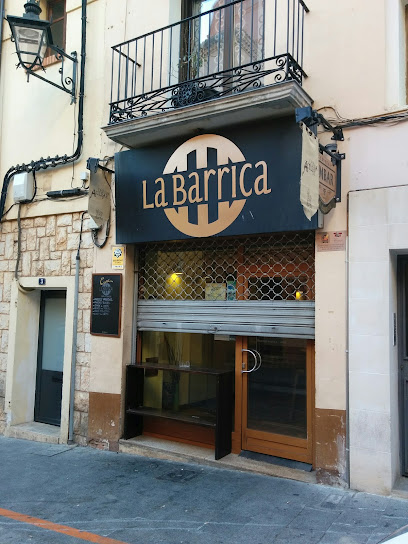
Bar Gregory
Discover Bar Gregory, Teruel's favorite spot for drinks and tapas, offering a lively atmosphere and local flavors in every visit.
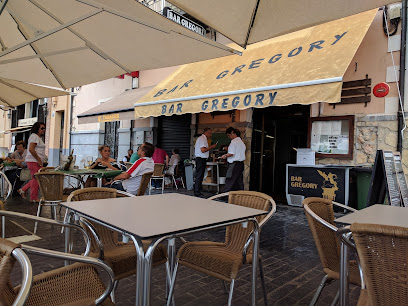
Bar Tapas y Copas
Delight in authentic Spanish flavors at Bar Tapas y Copas, a vibrant tapas bar in Teruel, perfect for food lovers and casual dining.
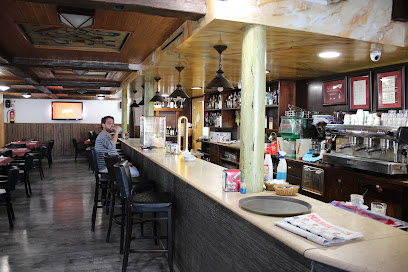
Bar Torreón
Discover the rich flavors of Teruel at Bar Torreón, where delicious hamburgers meet the warmth of Spanish bar culture.
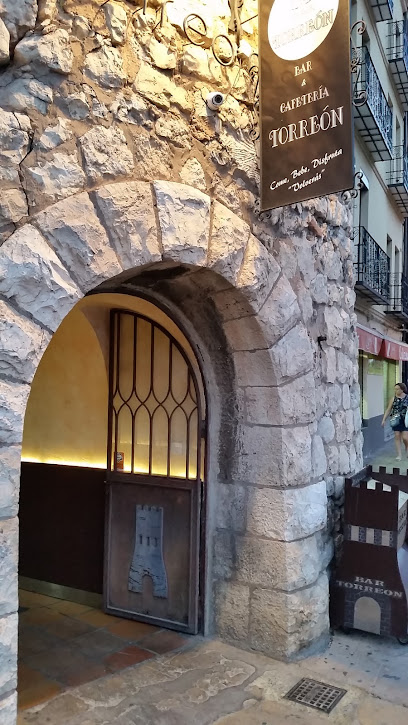
Pura Cepa Vermú
Discover the vibrant culinary scene at Pura Cepa Vermú, Teruel's top tapas bar, offering an exceptional selection of tapas and vermouth in a lively atmosphere.

The Brother's Happiness
Discover the cozy charm of The Brother's Happiness in Teruel, where local flavors and a welcoming atmosphere await every visitor.
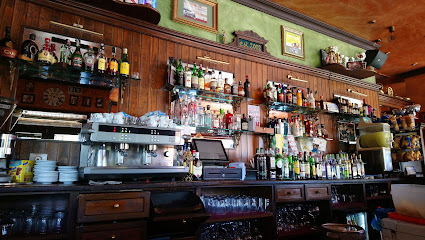
Bar Serruchi
Discover the authentic taste of Teruel at Bar Serruchi, where traditional grilling meets a vibrant atmosphere.
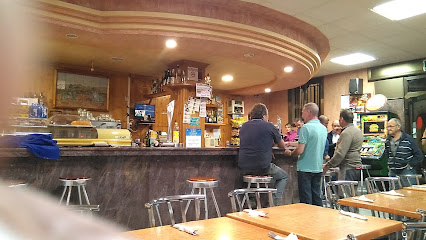
Bar Teruel
Experience the essence of Teruel at Bar Teruel, where flavorful grilled dishes meet a warm, inviting atmosphere in the heart of the city.
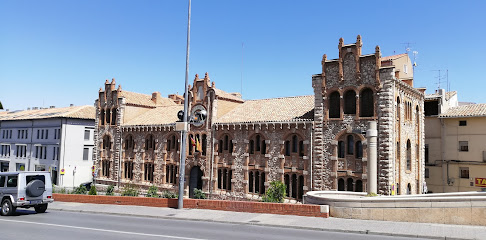
Bar El Refugio
Discover the charm of Teruel at Bar El Refugio, where delicious tapas, local brews, and a cozy atmosphere await every traveler.
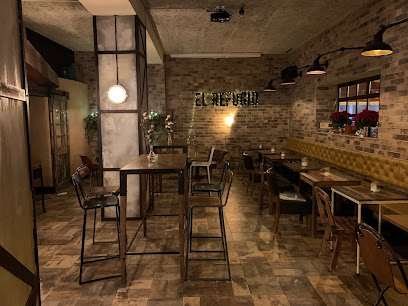
Millennium Pub - Teruel
Experience the vibrant atmosphere and local flavors at Millennium Pub in Teruel, a welcoming spot for tourists and locals alike.
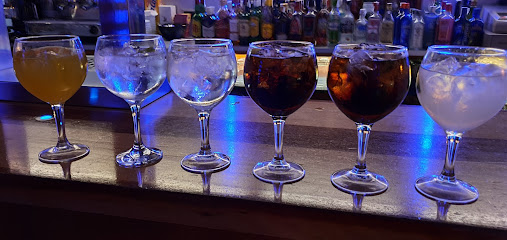
PUB LENNON
Discover the lively spirit of Teruel at Pub Lennon, where great drinks and local culture come together in a vibrant atmosphere.
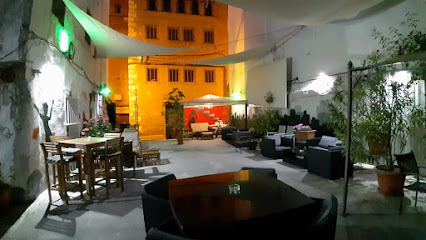
Lebowski Rock & Pub - Teruel
Discover the lively nightlife at Lebowski Rock & Pub in Teruel, where great drinks and vibrant atmosphere await you.
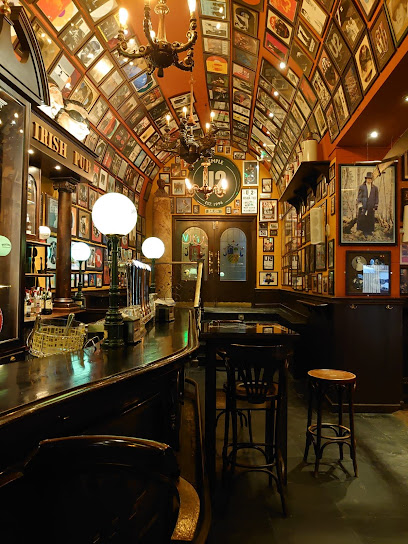
Scream Pub - Teruel
Discover the lively nightlife of Teruel at Scream Pub – a vibrant spot for affordable drinks, music, and unforgettable experiences.
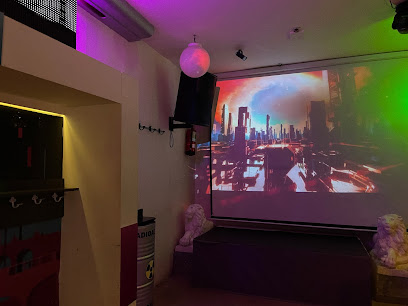
Local Phrases
-
- HelloHola
[oh-la] - GoodbyeAdiós
[ah-dee-ohs] - YesSí
[see] - NoNo
[noh] - Please/You're welcomePor favor/De nada
[por fah-vor/de nah-dah] - Thank youGracias
[gra-thyas] - Excuse me/SorryPerdón/Lo siento
[pair-dohn/loh syen-toh] - How are you?¿Cómo estás?
[koh-moh ehs-tahs] - Fine. And you?Bien. ¿Y tú?
[byen. ee too] - Do you speak English?¿Hablas inglés?
[ah-blahs een-glehs] - I don't understandNo entiendo
[noh ehn-tyen-doh]
- HelloHola
-
- I'd like to see the menu, pleaseMe gustaría ver la carta, por favor
[meh goo-stah-ree-ah behr lah kahr-tah, por fah-vor] - I don't eat meatNo como carne
[noh koh-moh kahr-neh] - Cheers!¡Salud!
[sah-lood] - I would like to pay, pleaseMe gustaría pagar, por favor
[meh goo-stah-ree-ah pah-gar, por fah-vor]
- I'd like to see the menu, pleaseMe gustaría ver la carta, por favor
-
- Help!¡Ayuda!
[ah-yoo-dah] - Go away!¡Vete!
[veh-teh] - Call the Police!¡Llama a la policía!
[yah-mah ah lah poh-lee-thyah] - Call a doctor!¡Llama a un médico!
[yah-mah ah oon meh-dee-koh] - I'm lostEstoy perdido/a
[ehs-toy pair-dee-doh/ah] - I'm illEstoy enfermo/a
[ehs-toy ehn-fehr-moh/ah]
- Help!¡Ayuda!
-
- I'd like to buy...Me gustaría comprar...
[meh goo-stah-ree-ah kohm-prahr...] - I'm just lookingSolo estoy mirando
[soh-loh ehs-toy mee-rahn-doh] - How much is it?¿Cuánto cuesta?
[kwan-to kwes-tah] - That's too expensiveEs demasiado caro
[ehs deh-mah-syah-doh kah-roh] - Can you lower the price?¿Puede bajar el precio?
[pweh-deh bah-har ehl pree-syoh]
- I'd like to buy...Me gustaría comprar...
-
- What time is it?¿Qué hora es?
[keh oh-rah ehs] - It's one o'clockEs la una
[ehs lah oo-nah] - Half past (10)Las diez y media
[lahs dyehth ee meh-dyah] - MorningMañana
[mah-nyah-nah] - AfternoonTarde
[tahr-deh] - EveningNoche
[noh-cheh] - YesterdayAyer
[ah-yehr] - TodayHoy
[oy] - TomorrowMañana
[mah-nyah-nah] - 1Uno
[oo-noh] - 2Dos
[dohs] - 3Tres
[trehs] - 4Cuatro
[kwah-troh] - 5Cinco
[theen-koh] - 6Seis
[says] - 7Siete
[syeh-teh] - 8Ocho
[oh-choh] - 9Nueve
[nweh-veh] - 10Diez
[dyehth]
- What time is it?¿Qué hora es?
-
- Where's a/the...?¿Dónde está...?
[dohn-deh ehs-tah] - What's the address?¿Cuál es la dirección?
[kwal ehs lah dee-rek-syon] - Can you show me (on the map)?¿Puedes mostrarme (en el mapa)?
[pweh-dehs mohs-trar-meh (ehn ehl mah-pah)] - When's the next (bus)?¿Cuándo es el próximo (autobús)?
[kwan-doh ehs ehl proh-ksy-moh (ow-toh-boos)] - A ticket (to ....)Un billete (para ...)
[oon bee-yeh-teh (pah-rah)]
- Where's a/the...?¿Dónde está...?
History of Teruel
-
Teruel was officially founded in 1171 by Alfonso II of Aragon during the Reconquista. Its strategic position on the frontier between Christian and Muslim territories made it a crucial military outpost. The city was established with a charter granting privileges and exemptions to attract settlers, which helped in its rapid development.
-
Teruel is renowned for its Mudéjar architecture, which blends Islamic and Christian design elements. This unique style flourished in the 12th to 17th centuries and is best exemplified by the city's many towers, such as the Tower of El Salvador and the Tower of San Martín. These structures have been recognized as UNESCO World Heritage Sites for their cultural significance.
-
One of the most famous stories associated with Teruel is the tragic romance of Diego de Marcilla and Isabel de Segura, known as the Lovers of Teruel. According to legend, Diego returned from war to find Isabel married to another. Heartbroken, he died at her feet, and she died shortly after from grief. Their story is commemorated with a mausoleum in the city and has inspired numerous works of art and literature.
-
Teruel played a significant role during the Spanish Civil War. The Battle of Teruel, one of the war's fiercest engagements, took place from December 1937 to February 1938. Both Nationalist and Republican forces suffered heavy casualties in the freezing winter conditions. The city changed hands several times before ultimately falling to Franco's Nationalist forces. This battle was pivotal in the eventual outcome of the war.
-
Today, Teruel is a vibrant city that celebrates its rich history and cultural heritage. The annual Fiesta de los Amantes, held in February, reenacts the story of the Lovers of Teruel and attracts visitors from around the world. The city also boasts a thriving gastronomy scene, known particularly for its Jamón de Teruel, a type of cured ham that has gained Protected Designation of Origin status.
Teruel Essentials
-
Teruel is located in the autonomous community of Aragon in northeastern Spain. The nearest major airports are Valencia Airport (approximately 140 kilometers) and Zaragoza Airport (around 160 kilometers). From these airports, you can rent a car, take a bus, or use the train service to reach Teruel. The train journey from Valencia to Teruel takes about 2 hours, while the bus ride can take a bit longer. Alternatively, you can drive to Teruel via the A-23 highway, which connects it to both Valencia and Zaragoza.
-
Once in Teruel, the city is small enough to explore on foot. However, local buses are available for traveling within the city and to nearby towns. Taxis are also readily available and relatively inexpensive. For those who prefer more flexibility, renting a car can be a convenient option, especially if you plan to explore the surrounding region. The train station in Teruel offers connections to other major cities like Zaragoza and Valencia.
-
The official currency in Spain is the Euro (EUR). Major credit and debit cards are widely accepted in hotels, restaurants, and shops within Teruel. However, it's advisable to carry some cash, especially when visiting smaller establishments or rural areas. ATMs are available throughout the city, so you can easily withdraw cash if needed.
-
Teruel is generally a safe destination for tourists. However, as with any city, it's important to take standard safety precautions. Avoid walking alone at night in unfamiliar areas and keep an eye on your belongings in crowded places. There are no specific high-crime areas targeting tourists, but staying vigilant and aware of your surroundings is always a good practice.
-
In case of emergency, dial 112 for immediate assistance. This number connects you to police, fire, and medical services. The local hospital in Teruel is Obispo Polanco Hospital, which provides comprehensive medical care. Pharmacies are also readily available for minor health issues. It is recommended to have travel insurance that covers medical emergencies.
-
Fashion: Do wear comfortable walking shoes and casual attire, but avoid overly revealing clothing, especially when visiting religious sites. Religion: Do respect local customs and traditions. Dress modestly when entering churches and other religious sites. Public Transport: Do offer your seat to elderly passengers and avoid eating or drinking on public transport. Greetings: Do greet locals with a simple 'Hola' or 'Buenos días'. A handshake is common in formal settings. Eating & Drinking: Do try local delicacies and be open to food recommendations. Don't leave a large tip; a small amount is generally sufficient as service charges are usually included.
-
To experience Teruel like a local, visit the Mercado de Teruel, where you can buy fresh produce and local specialties. Engage with locals in cafes and tapas bars to learn more about the city's history and culture. Don't miss the chance to explore the Mudéjar architecture, which is a UNESCO World Heritage Site. For a unique experience, visit during the 'Fiestas del Ángel' in July, a traditional festival that showcases local culture and festivities.
Trending Landmark in Teruel
-
Torico Square
-
Dinópolis
-
Mausoleum of the Amantes
-
Castillo de Mora de Rubielos
-
Escalinata del Óvalo
-
Cathedral of Santa María de Mediavilla
-
Fueros de Teruel Park
-
Provincial Museum of Teruel
-
El Salvador Tower
-
Aqueduct of Los Arcos
-
Acueducto de Teruel
-
Torre de San Martín
-
Saint Peter's church
-
Teruel Bullring
-
Murallas de Teruel
Nearby Cities to Teruel
-
Things To Do in Valencia
-
Things To Do in Zaragoza
-
Things To Do in Lleida
-
Things To Do in Huesca
-
Things To Do in Tarragona
-
Things To Do in Madrid
-
Things To Do in Alicante
-
Things To Do in Toledo
-
Things To Do in Murcia
-
Things To Do in Segovia
-
Things To Do in Pamplona
-
Things To Do in Barcelona
-
Things To Do in Avila
-
Things To Do in Burgos
-
Things To Do in Lourdes













